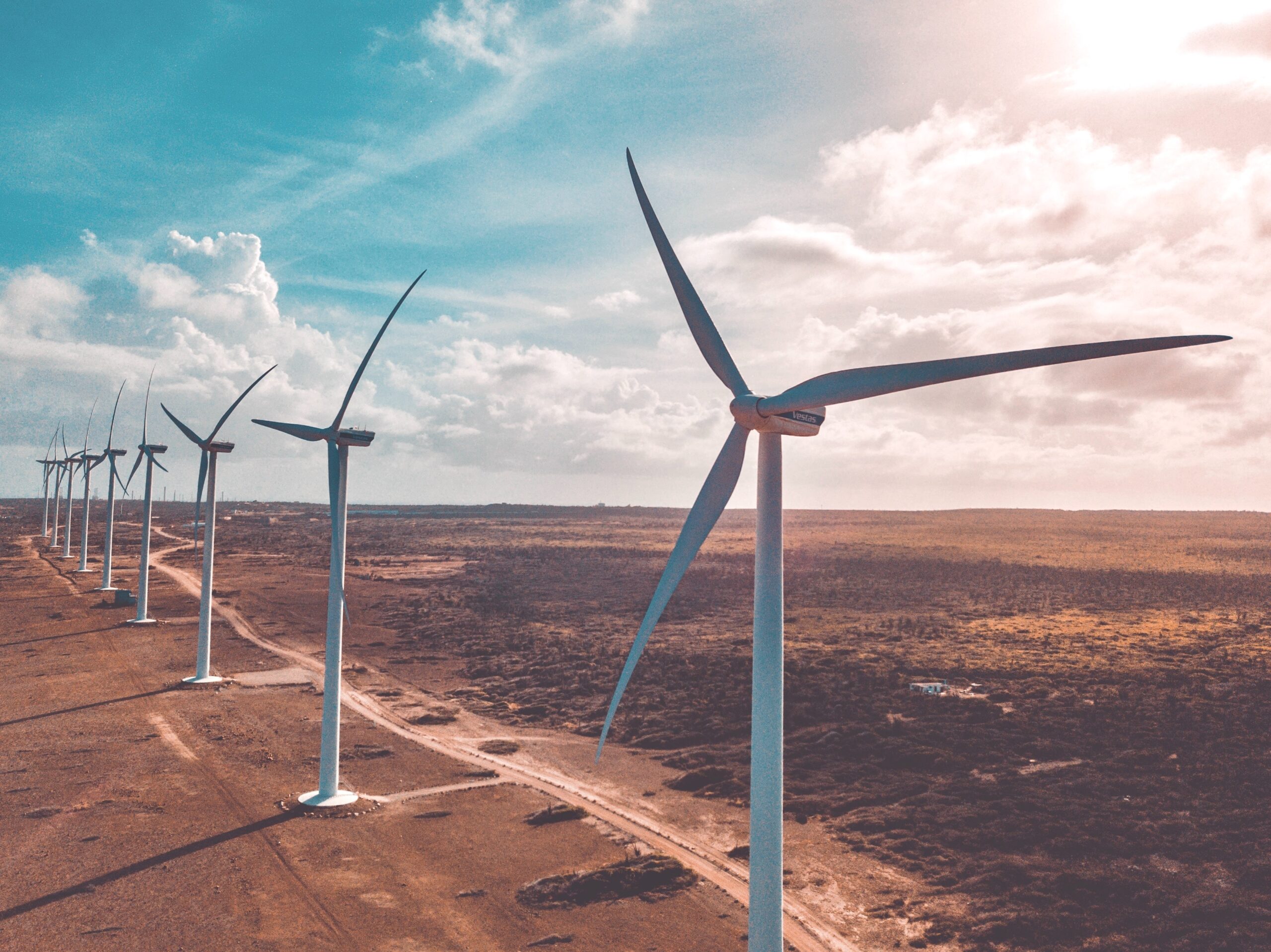The CSIRO released its Renewable Energy Storage Roadmap at the end of March 2023.
Their modelling suggested that while Australia leads the world in solar generation, and we have reduced emissions significantly, there is still a big task ahead of the country if we are to meet net zero emission targets and maintain affordable and reliable energy to end users. The CSIRO Renewable Energy Storage Roadmap report showed Australia will need significant amounts of storage to meet the transition to renewables.
Storage is the key to integrating renewable energy into the grid and reducing the dependency on coal and gas fired generation. Currently the electricity produced from renewable sources such as wind and solar is intermittent and is not easily dispatched into the grid when it is most needed. Storage allows the renewable energy to be generated when the natural resources are high and dispatching it into the grid when the electricity is needed.
Dispatchable storage is currently available in the grid in the form of pump storage hydro, such as Wivenhoe power station in Queensland and Tumut 3 in NSW. There are also various battery installations located across the NEM.
The dispatch of renewable energy may require different storage technologies to best suit an evolving NEM. Storage comes in various forms from electrochemical storage such as batteries, mechanical storage such as hydro, chemical storage and thermal storage. Each technology has its pros and cons, but a combination of technologies is likely to be required to meet the real time storage volumes and timings of the NEM.
For many years pumped hydro has been seen by governments as the solution to Australia’s energy storage needs, but timing is the limiting factor in this solution.
To enable the transition from coal and gas fired generation to renewables, storage is required now. On a typical day we have excess solar generation resulting in negative spot prices, however over the evening peak as demand increases the supply of renewable drops of coal and gas provide the generation to meet demand. Thermal generation is normally dispatched at prices higher than the cost of renewables resulting in higher spot prices. If storage could be used efficiently the solar energy produced during daylight hours could be used over the evening peak and into the evening resulting in lower electricity prices.
As coal fired generation retires between 2023 and 2035, new dispatchable generation needs to be brought online, the CSIRO report states, development timelines need to be accelerated to bring more projects online by 2030.
Pump storage hydro typically has a lead time of 10 years so either development timelines need to be accelerated or different storage technologies need to be employed in the meantime.
CSIRO chief executive said “there was a need for a “massive increase” in storage capacity to achieve the transition to net zero, with estimates of 11 to 14 gigawatts of additional storage capacity by 2030 alone.
2030 is not far away, to meet the transition targets should industry be focusing on storage rather than generation? Is storage an opportunity to utilise existing infrastructure like old mine pits for pump storage hydro or repurpose retiring thermal power station sites as storage hubs?



